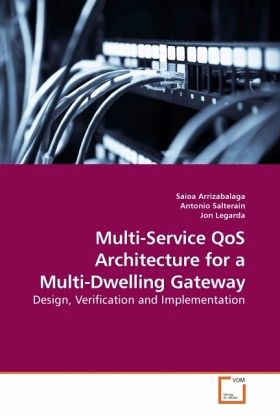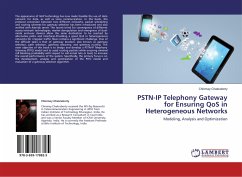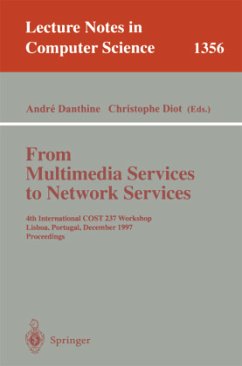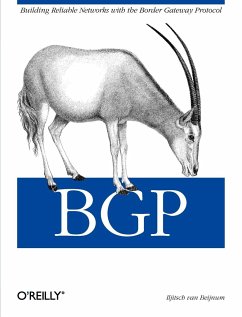
Multi-Service QoS Architecture for a Multi-Dwelling Gateway
Design, Verification and Implementation
Versandkostenfrei!
Versandfertig in 6-10 Tagen
52,99 €
inkl. MwSt.

PAYBACK Punkte
26 °P sammeln!
In Home Networks, the Residential Gateways (RG) are designated as the links between the access network or the service providers and the local area network. The RGs are being analyzed, developed and enhanced by research studies, standardization bodies or service providers, promoting a continued increase in capabilities. New market segments are being envisioned for the near future, such as the Multi-Dwelling Units (MDU), which offer interesting benefits for network-service providers and end-users. In this context, the Multi-Dwelling Gateways (MDG) will be a new kind of RG for the management of t...
In Home Networks, the Residential Gateways (RG) are designated as the links between the access network or the service providers and the local area network. The RGs are being analyzed, developed and enhanced by research studies, standardization bodies or service providers, promoting a continued increase in capabilities. New market segments are being envisioned for the near future, such as the Multi-Dwelling Units (MDU), which offer interesting benefits for network-service providers and end-users. In this context, the Multi-Dwelling Gateways (MDG) will be a new kind of RG for the management of the network access involving several dwelling units (DUs), reusing resources when they are not being used and therefore optimizing the total service cost. Beyond the MDG concept, however, new challenges have emerged due to the multi-dwelling singular features, such as the confluence of traffic, fair distribution of Internet access and homogeneous QoS support in DUs. With this purpose, severalQoS mechanisms for edge devices have been tested to discern the combination that is most suitable for the Multi-Service QoS architecture to be applied in the new MDU environment.












